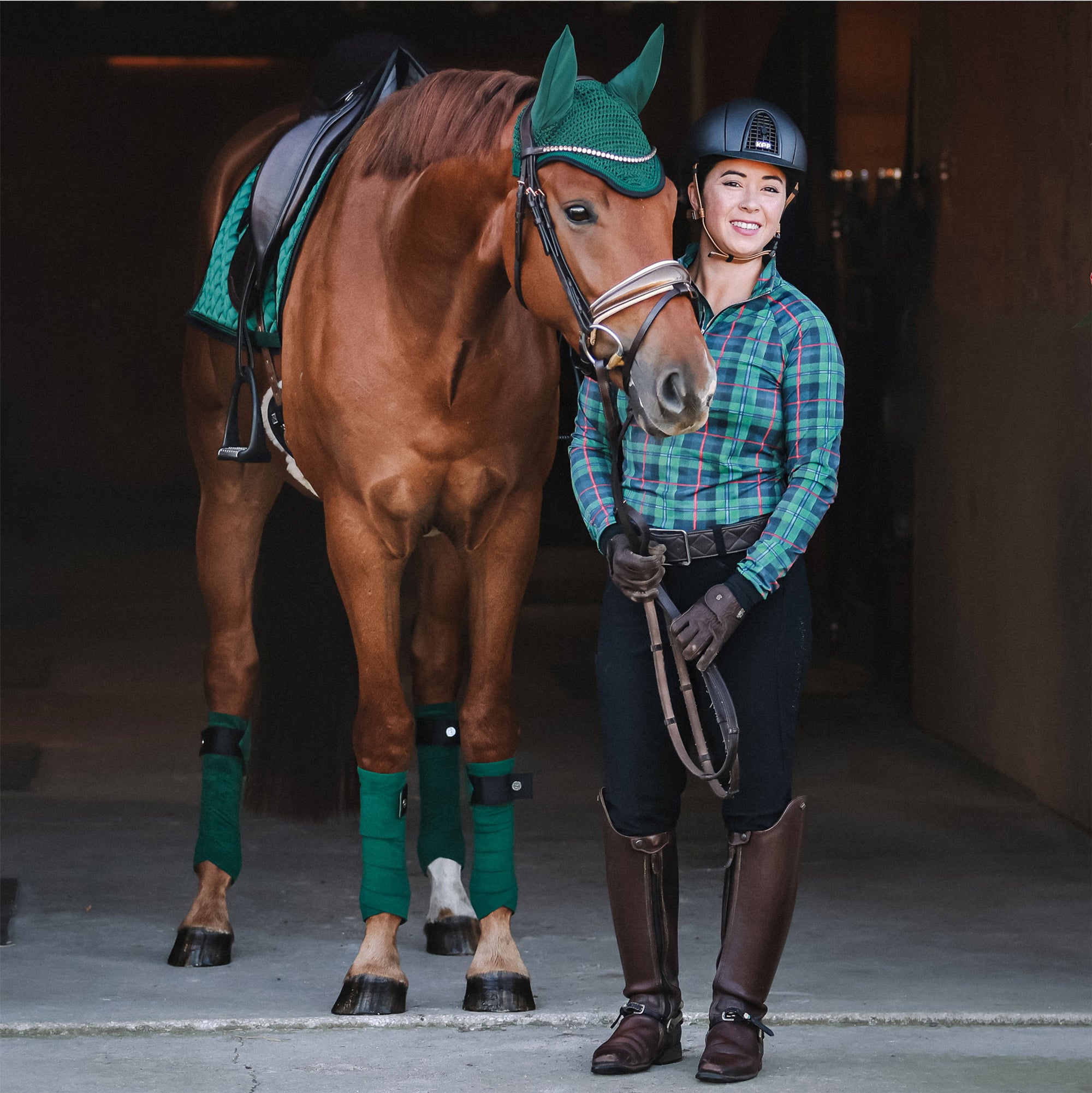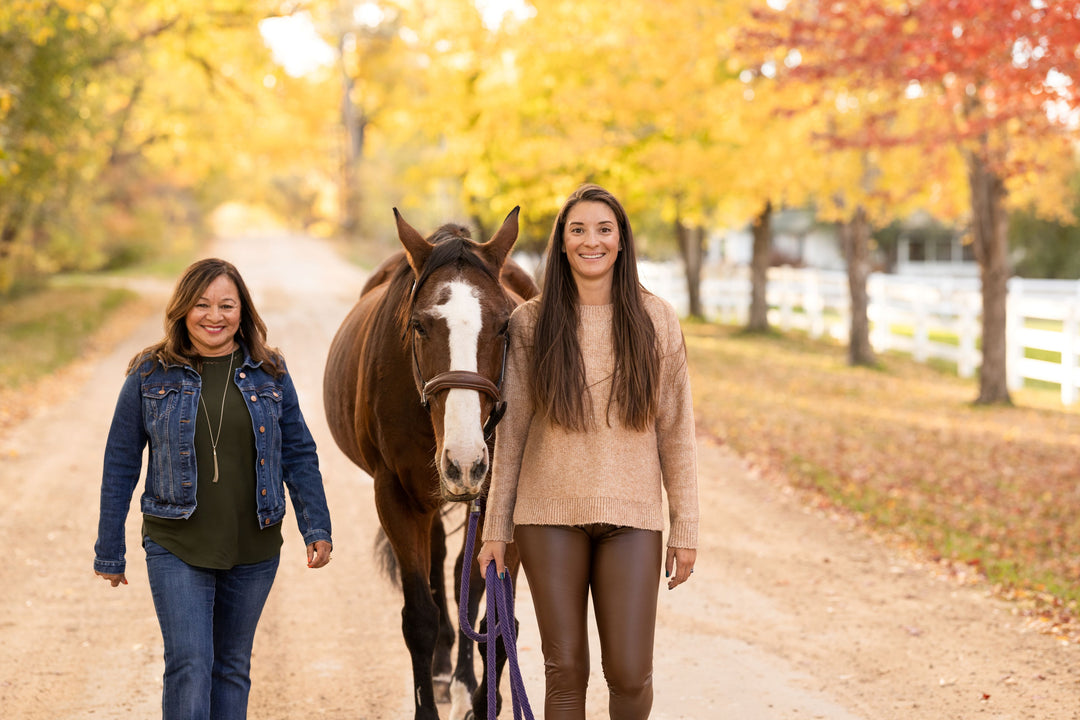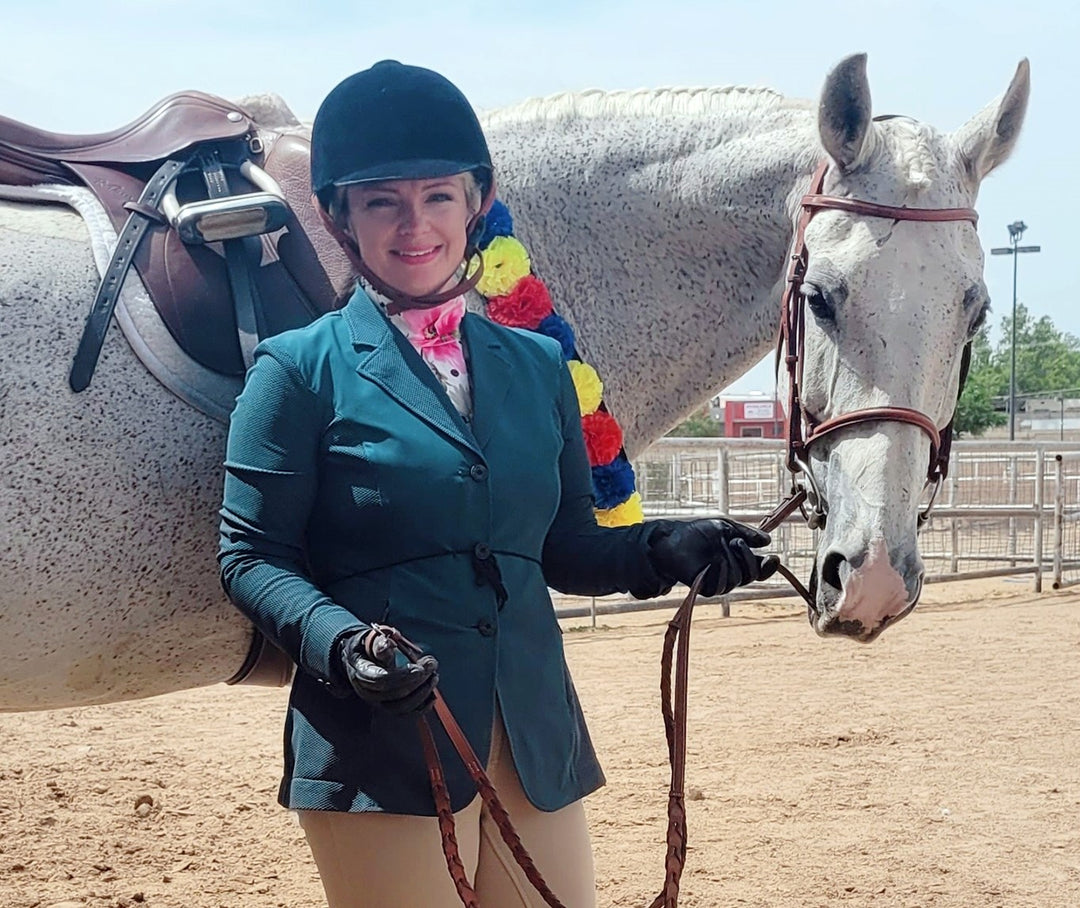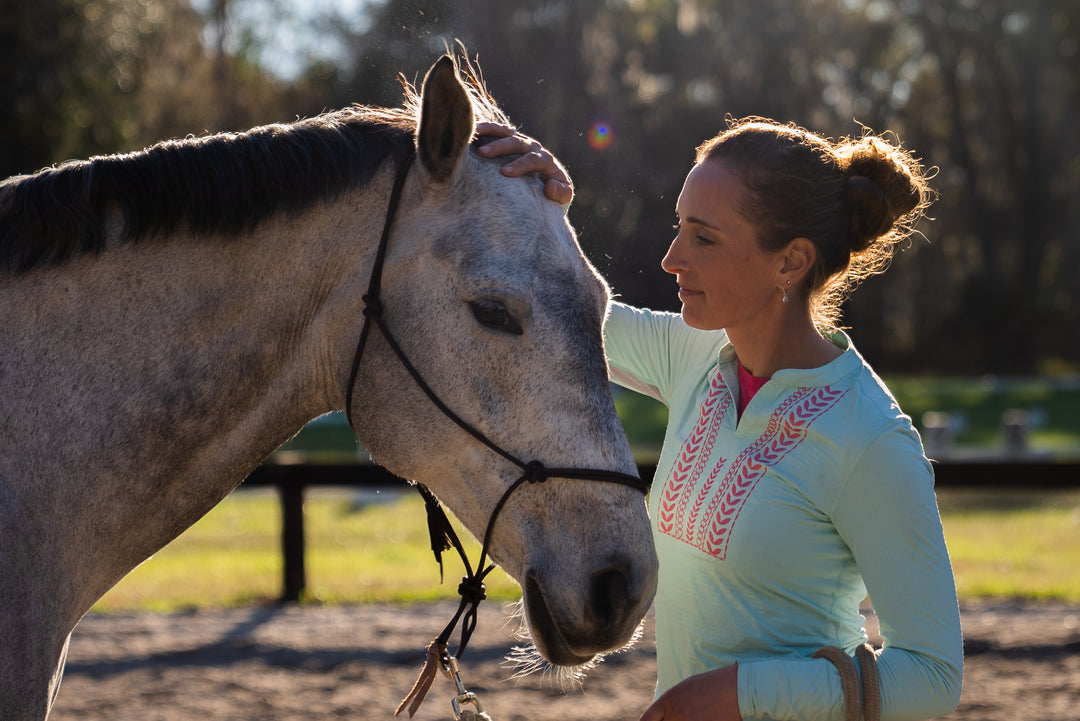What You Need To Know about EHV-1 in Horses
What is EHV-1?
Equine Herpesvirus - 1 is similar to the herpes virus in humans in that many horses are exposed and may never show symptoms. Studies show viral presence in up to 66% of horses with an unknown exposure history. The EHV-1 can sit dormant for the lifetime of the horse but may surface due to stress or a suppressed immune system. It presents as a respiratory disease and can lead to abortion in mares, neonatal foal death, and,in some cases, results in the neurological disease, Equine Herpes Myeloecephalopathy (EHM).
EHV-1 in Horses Infographic
Click here to download and print the EHV-1 in Horses Information Graphic poster. This poster is a wonderful education and reference guide to hang up in your barn or tack room! It is available in both 11x17 and 24x36 sizes.Clinical signs of EHV-1:
- Fever
- Lethargy/Depression
- Nasal Discharge
- Neonatal death
- Late-term abortion
- Neurological disease
Clinical signs of EHM:
- Fever (biphasic - neurological symptoms generally don’t show until 2nd fever)
- Nasal discharge
- Depression
- Incoordination
- Hind limb weakness
- Loss of tail tone
What’s happening in California?
In California, there are currently 97 confirmed cases of EHV and 16 confirmed cases of EHM. Most horses will recover from EHV-1 with treatment revolving around supportive care and rest. Anti-inflammatories can be used to control a fever and in some cases, antivirals are administered.
What Do I Need To Know about EHV-1?
EHM has a 30-50% mortality rate due to its neurological nature. Since 2011, with an increase in cases, the CDFA (California Department of Food and Agriculture) has been given increased authority regarding quarantine and regulations.
The incubation period for EHV-1 is 2-10 days and in 40-60% of cases, can remain latent for the horse’s lifespan. Most will recover from symptoms within a few weeks. The concern lies in how easily the disease spreads. It’s also more likely to rear its ugly head in high stress situations. So horse shows, with the travel, competition, and gathering of horses from all over, are the perfect breeding ground for it to spread like wildfire.
The virus itself is spread through nasal secretions and, just like the common cold, can be transmitted via contaminated surfaces. The best way to avoid spreading EHV-1 is to isolate any horses and disinfect all possible contact surfaces.
Show season may look a little different this year but we’re equestrians, persevering is all we know!
Stay safe out there and hug your horse extra tight.













Thank you, I love it
Leave a comment